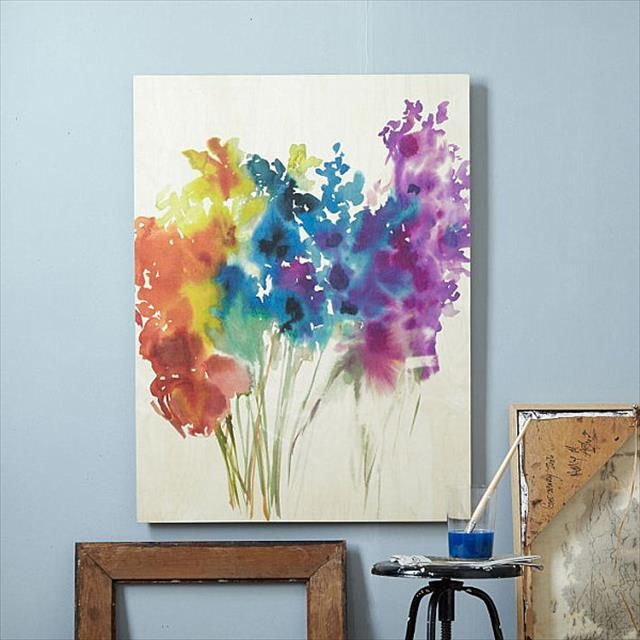Gloss varnish is popular with most artists when it comes to protection and sealing of paintings. Varnish is also useful in giving paintings a shiny finish. Adding resin on your paintings takes them to the next level regarding aesthetic appeal, durability, and texture. Your artwork will speak of the professional in you without you having to say a word. Visit https://acrylicpouring.com/resin-painting-finishing-acrylic-pour/ to watch how amazing your work can be when you use this little-discovered secret in modern painting.

The resin is however expensive compared to varnish but will surely give you value for your money. You can use resin on high-value paintings since the technique creates beautiful beach scenes complete with real-looking waves. Fluid art, as resin paints are usually called, can be used to paint a variety of mediums.
The concept might be new to most people but can be used by following simple steps to create beautiful paintings that will leave everyone wowed by your painting expertise.
Requirements
You will require the following materials for your project:
- Resin. Counterculture resin is recommended for use by artists.
- Acrylic paints. I recommend using High Flow.
- Denatured alcohol.
- Safety equipment such as a respirator, gloves, and tarp to be used for the work area.
- Glitter/ mica, but these are optional.
- Mixing cups. It is important to read the instructions at the back of the resin container when working with the chemical. Many mishaps with the use of resin can be avoided by following manufacturer instructions. Resins have different mix time, cure ratio, time and directions.
Resins and Color Mix
After you have mixed the resin by the manufacturer’s instructions, divide the mixture into plastic cups. Add tiny amounts of acrylic color to your resin. You should never add more than 10 percent of the paint as high volumes will alter resin curing. Additionally, never mix silicone with resin, like it is usually the case with acrylic pours. Mix the resin and acrylic paint until the color becomes even. Use denatured alcohol to thin the resin to your needs. Again, never add more than 10 percent of alcohol at once. You can also use the denatured alcohol to remove resin from your hands and any other place that might have accidentally come into contact with the chemical.
The Pour
This is where your creativity is put to the test. Begin by pouring your colors on the specific spots in the panel. You can invoke your creativity when placing the colors to get a unique painting that looks like a real world. Blend the colors using your gloves. Most resin paintings look more natural if the colors are left to transit freely into each other. At this point, you can remove bubbles from appearing on your painting’s surface by torching. Adding heat to resin increases its viscosity, thus moves more smoothly. Move your painting around after torching to make the resin flow to give your painting real-looking waves.
Use of resin in acrylic pouring not only adds luster to the painting but also makes it more durable. However, you require to be experienced and strictly adhere to the manufacturer’s instructions least you end up destroying your painting. Have the right safety gear to ensure your safety while working with the chemicals to enable you to concentrate on giving the painting the best of your skills.




